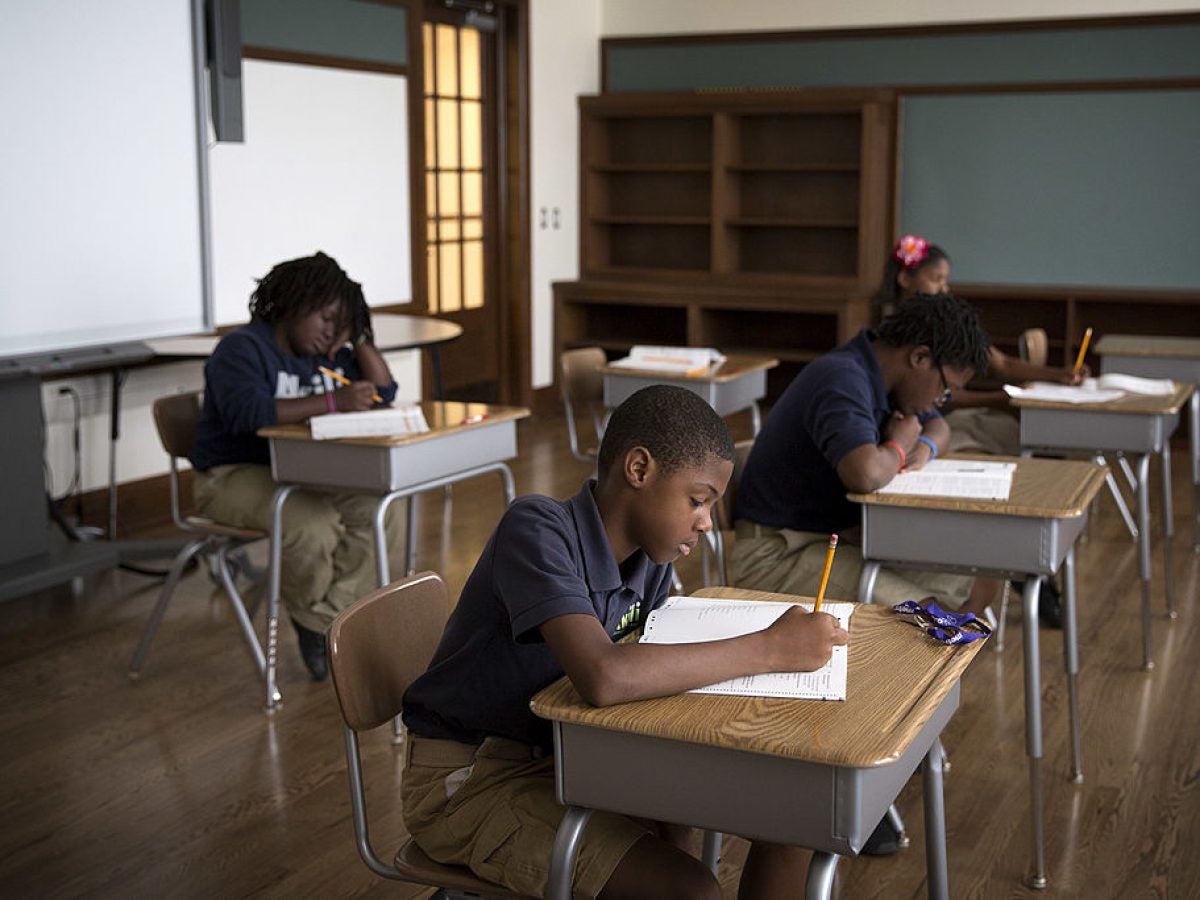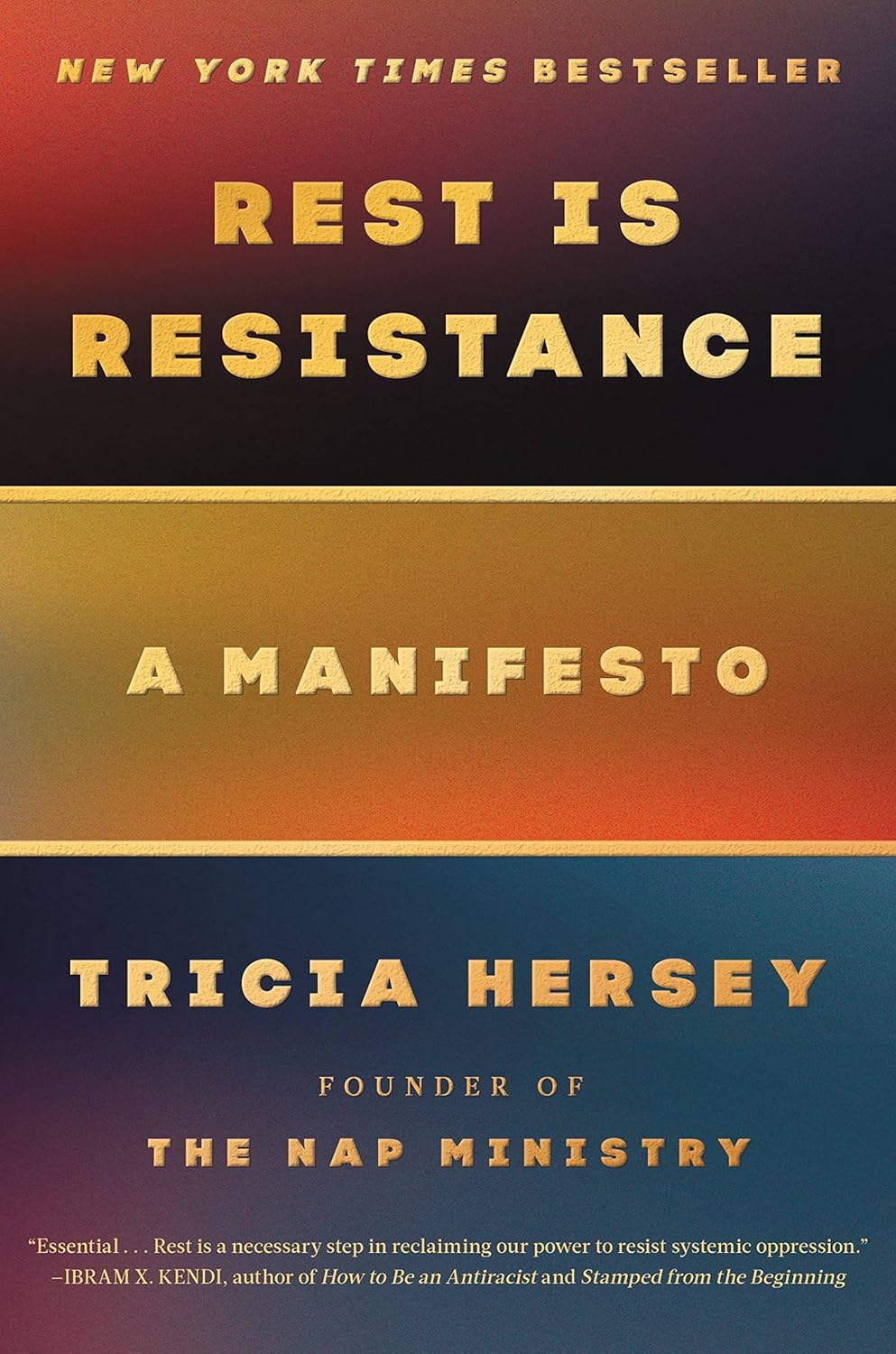
Nearly 70 years after the Supreme Court’s landmark Brown v. Board of Education of Topeka on May 17, 1954, its promises of desegregating schools– which prompted the dismantling of Jim Crow laws more broadly– have yet to be realized. And it shows just how informative critical race theory can be amid massive efforts to ban it.
So what does “CRT” have to do with Brown? Literally, everything.
We can start first by looking at where things stand for Black students.
In 2011, the Southern Poverty Law Center found that “the average Black student attended a school that was 48.8 percent Black and 27.6 percent white. On the flip side, the average white student attended a school that was 72.5 percent white and only 8.3 percent Black.”
The underlying aim of Brown was to ensure Black students were equally educated, because they weren’t achieving equity in under-resourced, segregated Black schools. Yet the achievement gap between Black primary and high school students and their white peers has not closed.
A study of 8th graders found that:
- Only 9 out of 100 Black students performed at or above the NAEP (National Assessment of Educational Progress) proficient level in civics.
- Only 13 out of 100 Black students performed at or above the NAEP proficient level in math.
- Only 15 out of 100 Black students performed at or above the NAEP proficient level in reading.
One man– lawyer and scholar Derrick Bell— saw this playing out decades ago. He would become known as the godfather of Critical Race Theory.
Bell upended the legal academic establishment by pointing out that Brown v. Board of Eduction did more to improve America’s image than it did to actually improve the lives of Black people. In fact, he argued in his seminal work Silent Covenants that American government strategically supported Brown to maintain its global dominance with little concern about how it would actually advance desegregation… and that the U.S. has a history of similar policies.
Bell wasn’t some outsider– he was one of the biggest proponents in fighting for the enforcement of Brown as an attorney for the NAACP Legal Defense Fund. After working on over 300 desegregation cases in his lengthy legal career, he was struck by the lack of Black progress, and he developed various theories to analyze the reality of American law and policy.
As a Harvard Law professor, he taught his students to look critically at federal cases like Brown and how they maintained the structural racism that civil rights lawyers were challenging. Some of those students would go on to coin the term Critical Race Theory as a branch of legal scholarship in the 1980s using his teachings as a foundation. And some of those students would become my law school professors, teaching me to critically analyze the text in our casebooks.







Today, despite the handwringing from conservatives about CRT being taught in primary schools to teach white kids to hate their race, it was decidedly not about individual behavior– it was about institutional patterns and power. Nor was it as elementary as teaching kids their times tables. It was built on legal scholarship at the graduate level.
Patterns like Supreme Court cases and federal laws failing Black communities time and time again because of an intentional lack of enforcement. Power like using the full might of gerrymandered districts to advance state laws that deny many of America’s children education in its full history and disempowering universities from promoting racial equity and inclusion to this very day.
CRT– an advanced form of scholarship initially taught in law schools, which has broadened to other graduate programs– teaches us to question and examine. We can thank Derrick Bell for being bold enough to question America’s entire legal establishment. We must continue to ask those questions–and fight for better answers– so we no longer endure the country’s empty promises.





